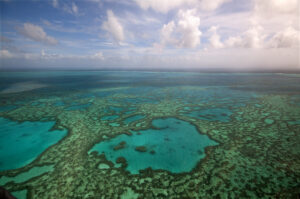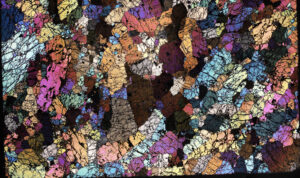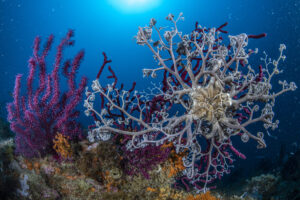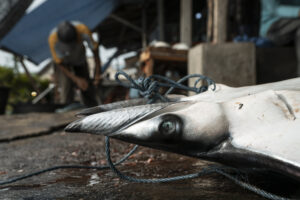Largest citizen science survey of Great Barrier Reef undertaken
At the end of 2024, Citizens of the Reef have completed in-water surveys on 320 reefs for their Great Reef Census 5, breaking the previous record from 2021. The project has now surveyed nearly a quarter of the entire Great Barrier Reef since it was initiated in 2020.
Citizens of the Reef, a conservation organisation that has revolutionised mass, scalable reef conservation through the combination of people-power, AI and leading marine science, has shared the results of its annual Great Reef Census which engages thousands of citizen scientists from around the globe to collect and analyse reef images. Their Great Reef Census 5 completed over 320 in-water surveys, thereby breaking the previous record from 2021 and resulting in the largest Reef Census in project history. Since its initiation in 2020, the project has now surveyed nearly a quarter of the entire Great Barrier Reef.
This year alone, Citizens of the Reef’s revolutionary approach to accessible and scalable conservation collected images from over 1,300 sites, across more than 320 reefs, and generated over 43,000 reef images. This dataset is one of multiple from the Australian Institute of Marine Science and the Great Barrier Reef Marine Park Authority (GBRMPA) that is used by marine scientists at the University of Queensland’s Marine Spatial Ecology Lab and GBRMPA for reef management programs.
Citizens of the Reef CEO, Andy Ridley, said: “Great Reef Census has become one of the largest people-powered conservation efforts initiated for tropical coral reefs around the world. Not only is the reef community proving to be incredibly capable and engaged, but they are joined by thousands of AI-assisted virtual volunteers from around the world who accurately analyse the images brought back from the reef and provide highly accurate data for reef scientists and managers. We now know that we are scratching the surface of what is possible with this highly scalable and practical program.”
A new scientific paper by leading reef scientists at the University of Queensland and James Cook University has verified the high value of the project’s citizen science data supported by cutting-edge AI. The paper was written under the National Environmental Science Program (NESP) grant and reveals that “the average accuracy for branching, plating, and boulder coral was 99% for all images, using a combination of AI and citizen scientists.”
The paper also highlights that “with less than 80 images collected from each site, we can achieve 95% accuracy at over 95% of sites.” This is a powerful testament to how even small amounts of data can provide reliable insights, enabling timely intervention where it’s most needed.
Importantly, when multiple online citizen scientists analyse each image, the number of in-water images required can be reduced. This reduces the physical effort needed on-site while still maintaining the accuracy of the data. This hybrid model underscores that AI and citizen science working together can be a force for good in conservation, not a replacement for human involvement.
The results from the Great Reef Census have been used by GBRMPA since 2021 to support the crown-of-thorns starfish (COTS) control efforts across the Great Barrier Reef. As per their 2024 Outlook Report, citizen science initiatives such as the Great Reef Census have directly contributed to management, including aiding in the selection of sites for crown-of-thorns starfish control.


“The current analysis system used for the Great Reef Census is producing results well within our accuracy targets for science and conservation and is within 2% of expert analysis for the key coral groups we are interested in. As the project scales up beyond the GBR there is an opportunity for more and more people to help, whether that is in the water or sitting on their sofa and helping as a virtual volunteer,” added Dr Christopher Lawson, Data Scientist at the University of Queensland Marine Spatial Ecology Lab.
On top of these very practical outcomes with GBRMPA, the Census data has also helped scientists and managers locate dozens of “key source reefs” also referred to as “mother reefs”, those most important to coral recovery. Since surveying 740 reefs since 2020, the Great Reef Census data has updated importance scores for 88% of all reefs within the Great Barrier Reef Marine Park. The project relies heavily on mobilising a combination of citizen scientists, AI and leading reef scientists to achieve accurate analysis across the broadest possible range of the Great Barrier Reef, an area the size of Germany.
“It’s now more than 6 months since the mass 2024 bleaching event was declared on the Great Barrier Reef, a crucial point in measuring the medium to longer-term impact. It’s imperative to understand how reefs were impacted and find the reefs that are particularly important in helping damaged reefs recover. Once identified, those reefs can be considered for protection from crown-of-thorns starfish,” commented Professor Pete Mumby, Project and Science Lead at University of Queensland Marine Spatial Ecology Lab.
In early 2025, Citizens of the Reef is looking for experts, AI, and virtual volunteer citizen scientists “to analyse thousands of images, providing an updated comparison that shows how the reef fared following the recent mass bleaching”, according to Nicole Senn, head of engagement at Citizens of the Reef. “Anyone with a few minutes spare can help.”
See the survey map here.
If you want to get involved as a citizen scientist, go to greatreefcensus.org to sign up and begin labelling coral images. No special knowledge or expertise is required.


"*" indicates required fields
Printed editions
Current issue
Back issues
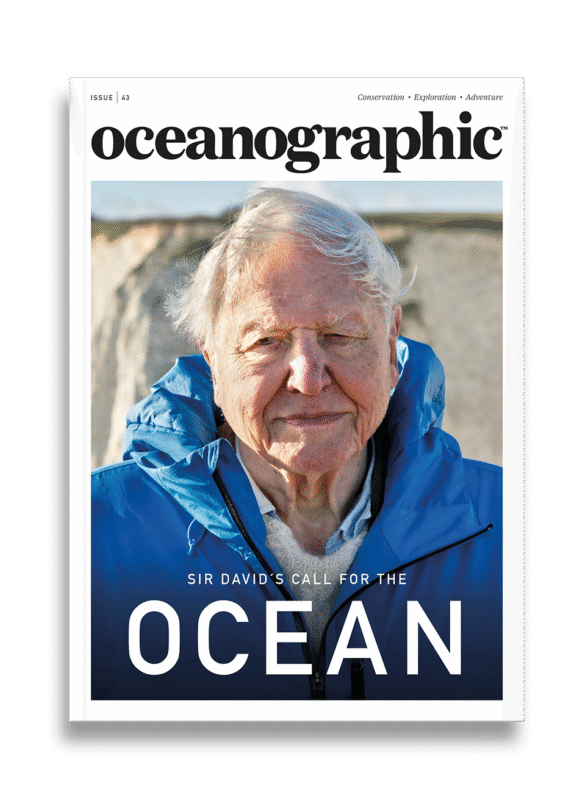
Back Issues
Issue 43 Sir David Attenborough’s ‘Ocean’

Back Issues
Issue 41 Holdfast to the canopy
Enjoy so much more from Oceanographic Magazine by becoming a subscriber.
A range of subscription options are available.


